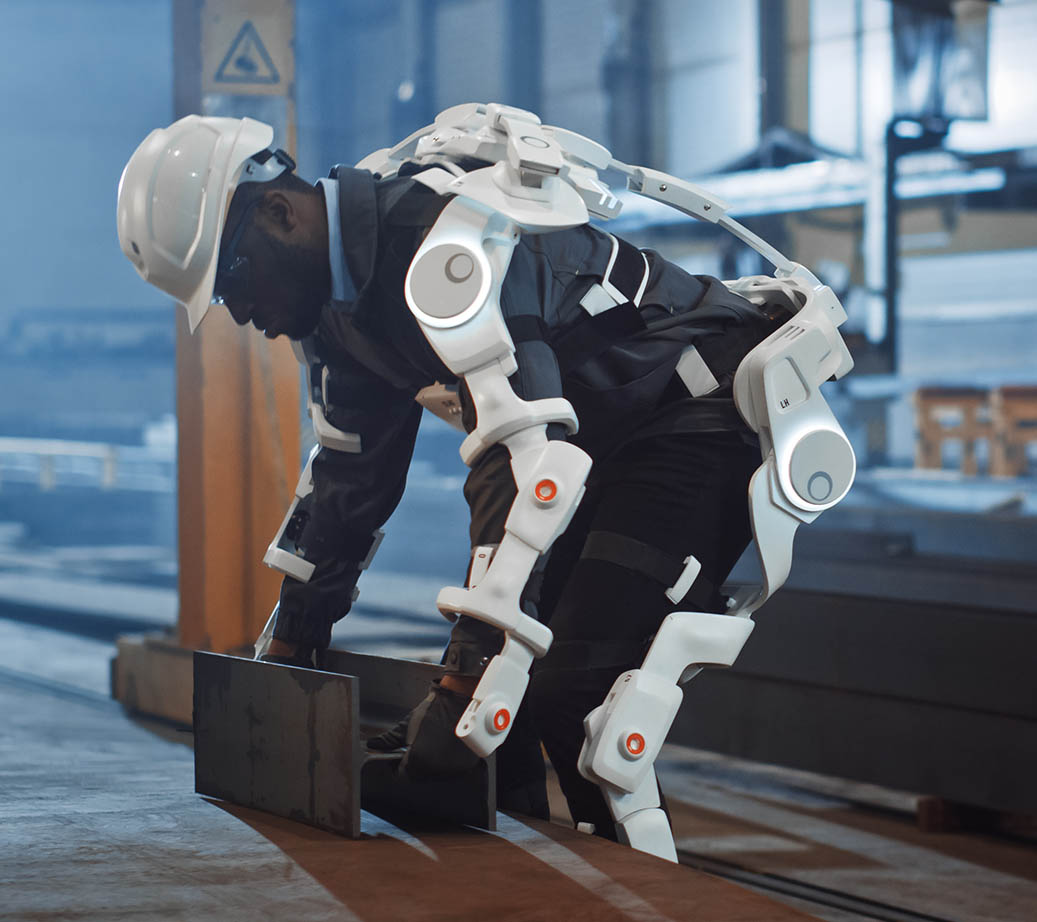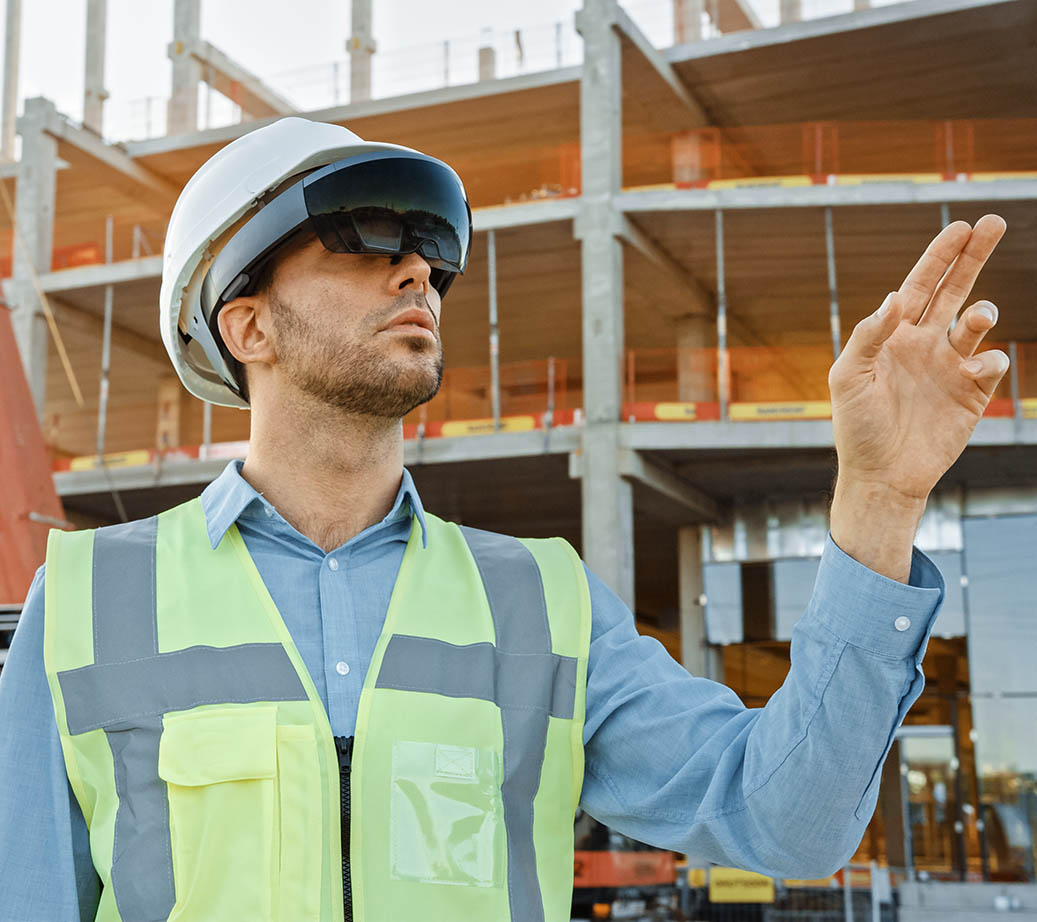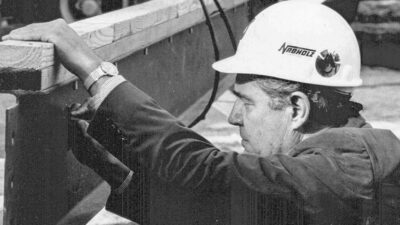When it comes to applied technology, no industry is more boots on the ground (pun intended) than the construction industry.
A U.S. Chamber of Commerce report published in 2018 found only six percent of contractors used wearable technology, but an estimated 33 percent will be using this technology by 2022. However, a staggering 83 percent of contractors believe wearables could improve on-site safety.
Worker safety should be the number one priority for all contractors, as workers are the one resource businesses cannot operate without. Alternative materials, methods, and technologies are almost infinite — skilled workers are certainly not. According to the Associated Builders and Contractors of America, the construction industry will need to attract nearly 650,000 additional workers on top of the normal pace of hiring in 2022 to meet the demand for labor. Additionally, the number of construction workers ages 25-54 declined 8% over the past decade. Now more than ever, it is important for companies to keep their existing workers safe and healthy.
EXOSKELETONS
 With the potential to enable workers to be both more productive and safer, wearable technology sits right at the intersection of two of the industry’s biggest challenges. Accordingly, Nabholz recently took the plunge into wearable technology and is testing the benefits of an exoskeleton on the job site.
With the potential to enable workers to be both more productive and safer, wearable technology sits right at the intersection of two of the industry’s biggest challenges. Accordingly, Nabholz recently took the plunge into wearable technology and is testing the benefits of an exoskeleton on the job site.
Exoskeletons are like Ironman suits for construction workers. They mimic the human skeleton and generally feature motorized joints that increase the workers’ strength, provide lift support, reduce continuous strain, correct lifting posture, increase endurance, and support the workers’ backs, legs, and hands. Additionally, they mitigate accumulated stress from repetitive and prolonged tasks. For instance, if an electrician is performing overhead work, an exoskeleton can be used for physical support, reducing the risk of injury.
While full-body exoskeletons are available, more often than not, the types that show up on construction sites will support specific areas, like the back and arms. For example, mounted arm exoskeletons consist of a spring-loaded arm allowing a worker to carry a heavy tool, with the tool’s weight transmitted to the ground. With this device, workers can complete tasks much more quickly. Power gloves are usually used, for example, to increase the grip and twist torque of an individual. Sensors in the glove regulate how much force should be added to the worker’s native strength in order to complete a task while not destroying parts.
This technology might have another surprising benefit — opening up the construction industry to workers of different ages or with differing abilities. With the possibility to increase productivity, improve safety, mitigate time off for injuries, and allow more workers to enter the construction industry, exoskeletons will inevitably become more and more common on job sites.
However, exoskeletons are just one category of wearable technology being adapted to fit the construction industry —smart PPE, emergency alert devices, and wearables with built-in GPS all have the potential to improve job site safety.
SMARTWATCHES
Smartwatches quickly gained popularity once they hit the market, and for good reason. Consumers enjoy the ability to communicate instantly and receive and review feedback.
Along with these factors, some construction wearables designed to be worn around the wrist come with additional capabilities that allow workers and contractors to monitor heart rate and step count to prevent overexertion, detect falls and immediately alert emergency personnel, and enable hands-free communication.

HARD HATS
Manufacturers have also added smart features to hardhats, like a sensor band inside the hard hat, capable of detecting fatigue, preventing microsleep, and sensing proximity to prevent potential collisions.
SAFETY GLASSES
Safety glasses are already part of standard PPE for construction workers but outfitting simple safety glasses with new technology could allow them to play a bigger role in worker safety. Through collecting feedback, smart glasses provide additional layers of information to workers. This technology, known as augmented reality, combines physical surroundings and computer-generated imagery and presents both together in real time. In the case of smart glasses, this enables workers to wear goggles that not only keep their eyes safe but also show them vital information about leading edges, hazardous materials, and safety protocols.
THE FUTURE OF WEARABLE TECHNOLOGY IN CONSTRUCTION
Though wearable technology presents many advantages, some factors might slow the pace at which contractors integrate it on job sites. Cost presents the biggest challenge. However, like price trends for technology used by the general public, this cost should lower when other manufacturers work to meet demand for these types of wearable products. And, make no mistake, demand for this technology will only increase as more workers retire or no longer have the physical ability to perform critical skilled labor.

